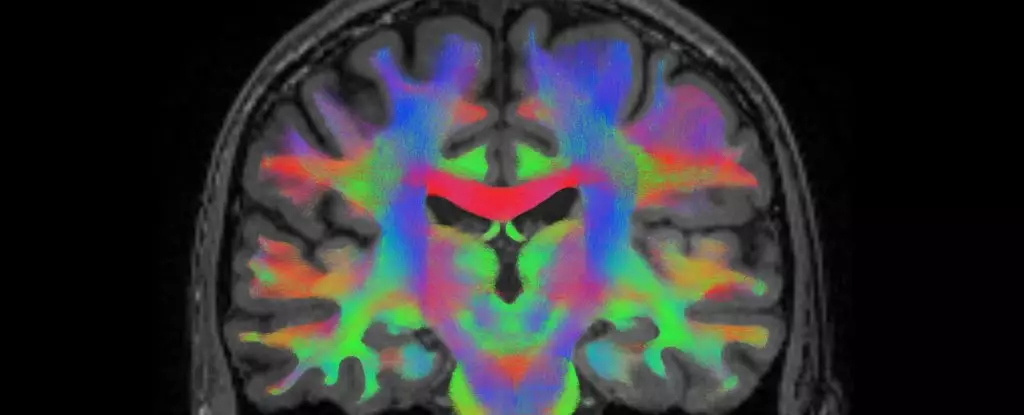The phenomenon of the placebo effect offers a fascinating concept of alleviating pain without the use of drugs or surgery. It hinges on the belief and expectation that pain will diminish, portraying the power of the mind over the body. Recent studies have delved deeper into this enigmatic effect, unveiling the specific neural circuits in the brain that contribute to pain relief. Led by Chong Chen, an anesthesiologist at the University of North Carolina (UNC) Chapel Hill, a team of researchers conducted an experiment on mice to elucidate the biological basis of the placebo effect.
Unraveling the Brain’s Involvement in Pain Processing
Traditionally, scientists have struggled to pinpoint the origins of the placebo effect due to its intricate connection with psychology and past experiences. However, brain imaging studies have provided valuable insights into the brain regions that might influence the placebo response. The anterior cingulate cortex, the prefrontal region, and the brainstem have been identified as critical areas associated with the placebo effect. These distinctive features in brain connectivity could potentially predict an individual’s responsiveness to placebos and their impact on clinical trials.
To expand our understanding of the placebo effect and its correlation with pain relief, Chen and his team conducted experiments on mice. By conditioning the animals to expect one side of a chamber to be cooler than the other, they were able to observe a significant increase in pain tolerance when a placebo effect was induced. Through real-time imaging using miniature head-mounted microscopes, the researchers identified the neural pathways linking the rostral anterior cingulate cortex to the pontine nuclei in the brainstem. This newfound pathway proved to be crucial in triggering the placebo effect and enhancing pain tolerance in the mice.
The discovery of a substantial number of neurons in the pontine nuclei with opioid receptors has opened up new possibilities for pain management. By targeting these specific neural circuits with drugs, electrodes, or therapies, researchers could potentially develop novel approaches to alleviate pain. However, the translation of these findings from animal experiments to human pain experiences remains a significant challenge. Understanding the intricate mechanisms behind the placebo effect and its impact on pain relief is essential for advancing pain management strategies in the future.
The placebo effect represents a complex interplay between the mind and the body, offering promising insights into pain relief mechanisms. By unraveling the neural circuits involved in the placebo response, researchers have taken a significant step towards understanding the physiological basis of this intriguing phenomenon. The implications of these findings could revolutionize pain management strategies and pave the way for more effective treatments in the future.


Leave a Reply